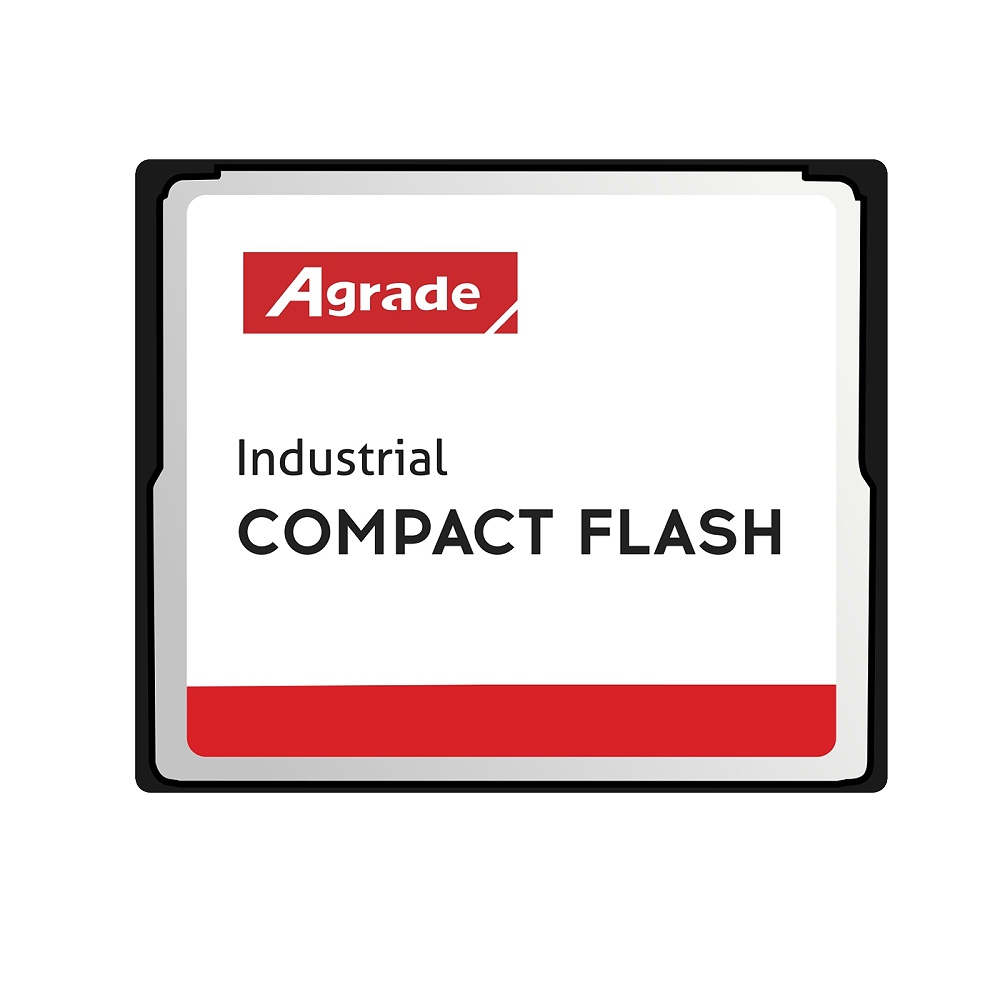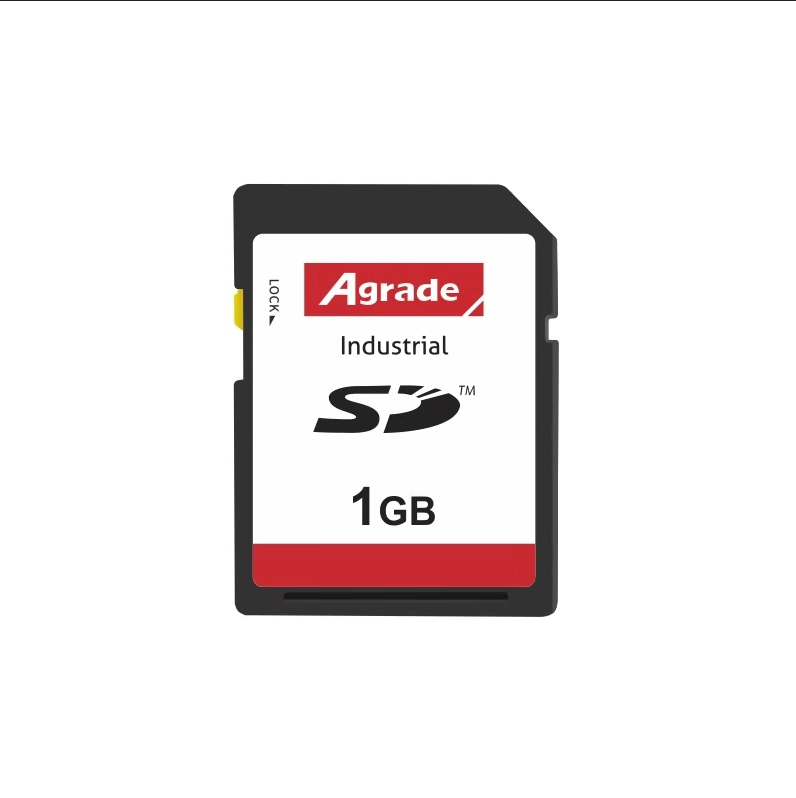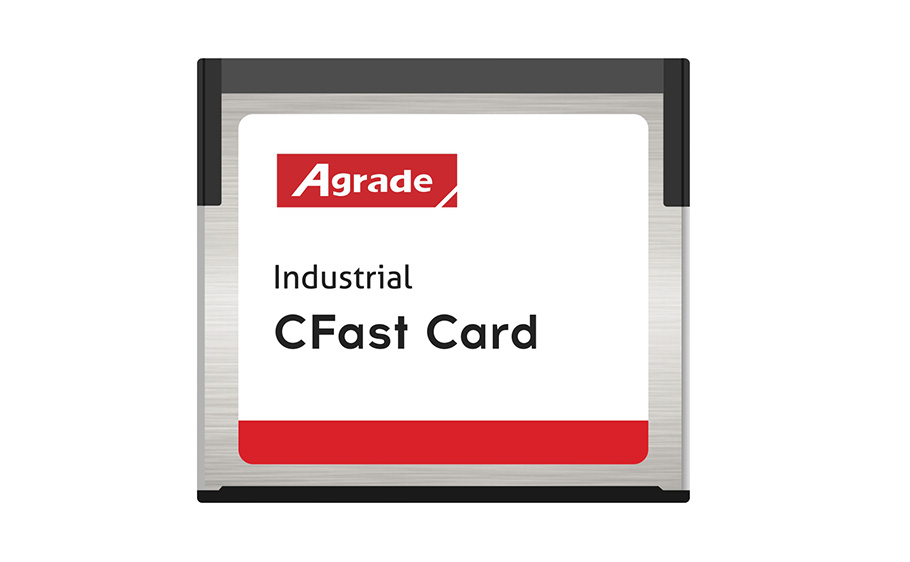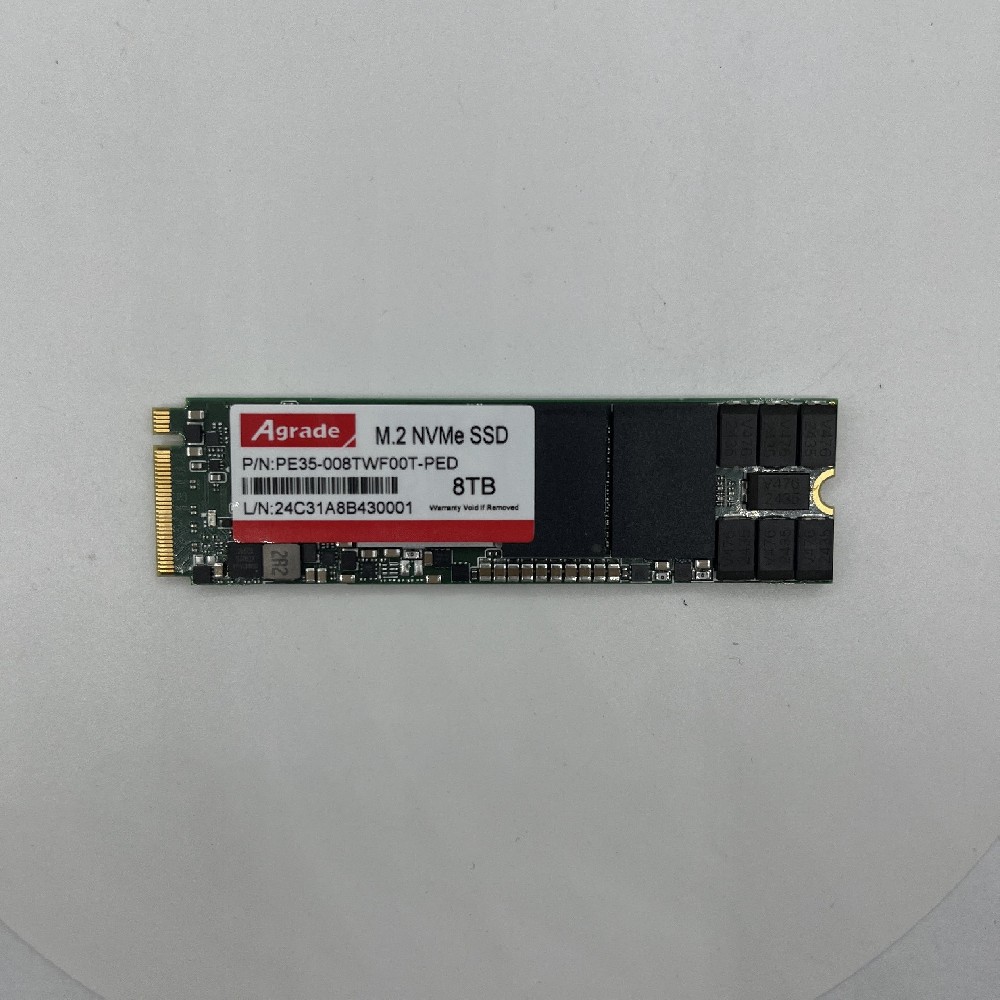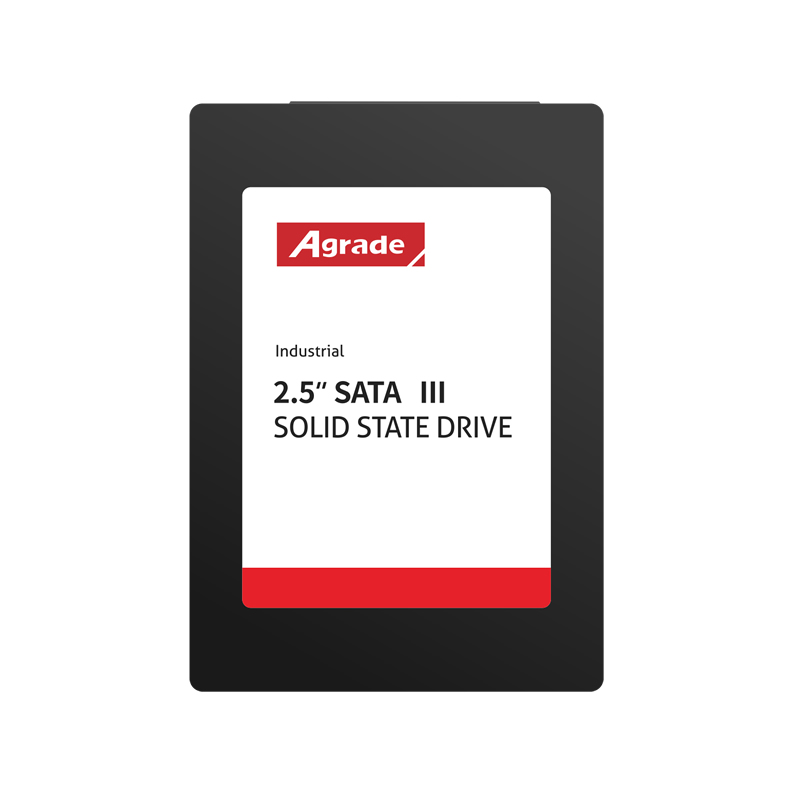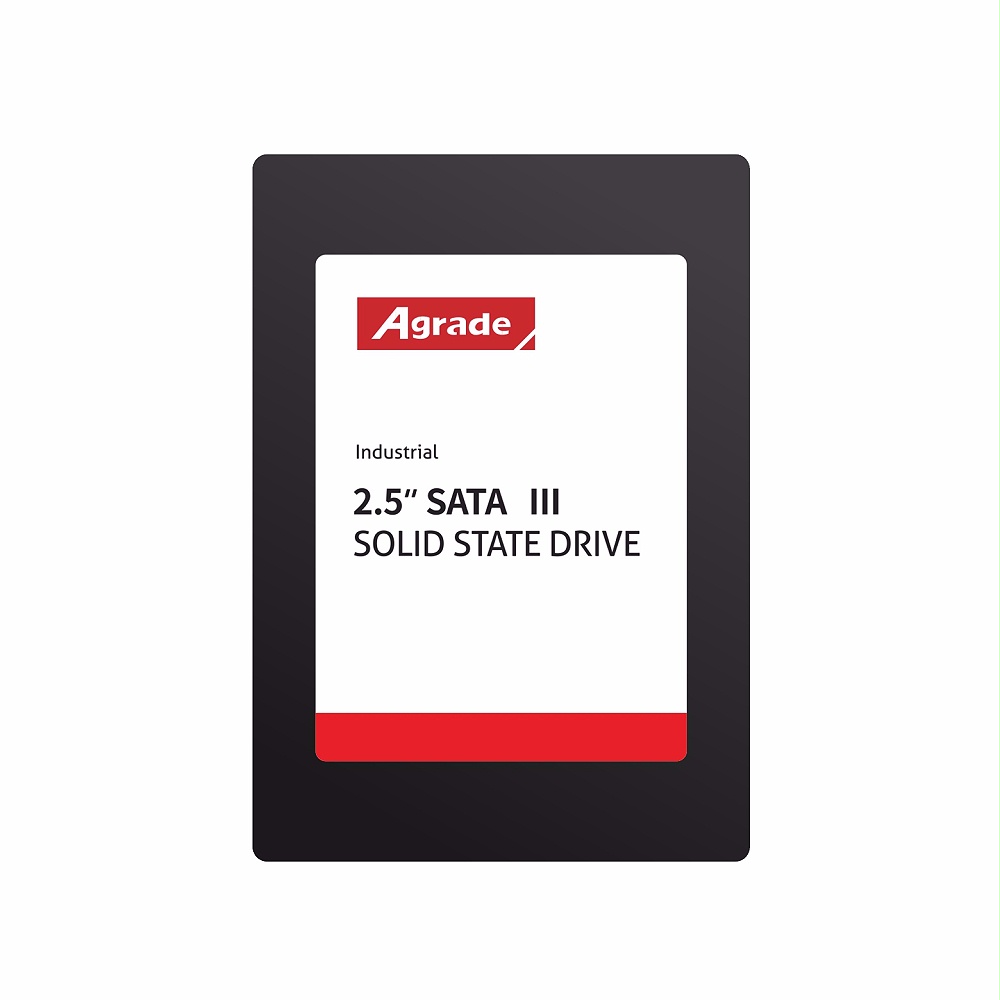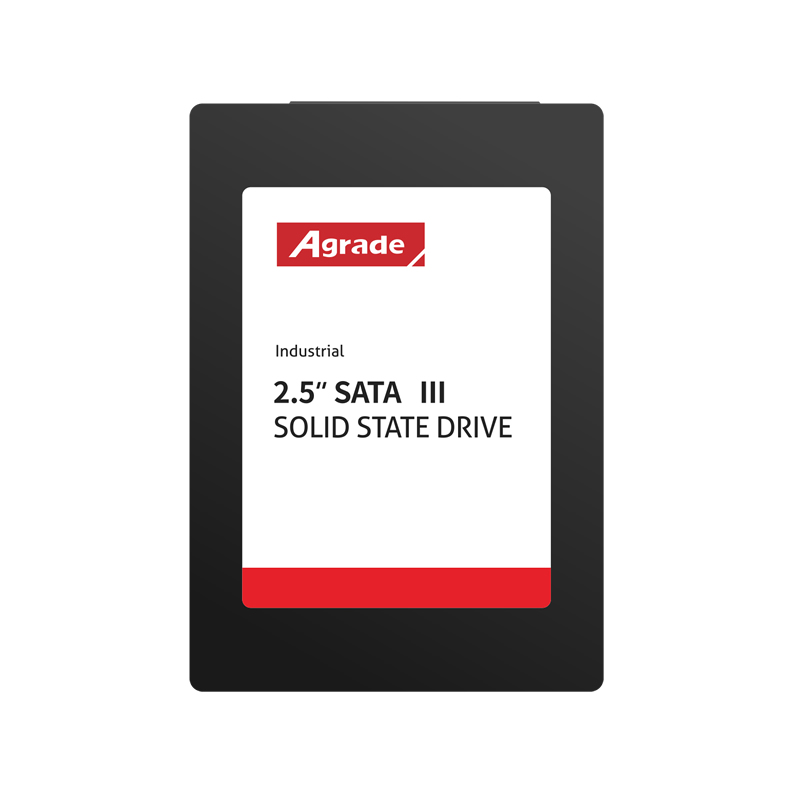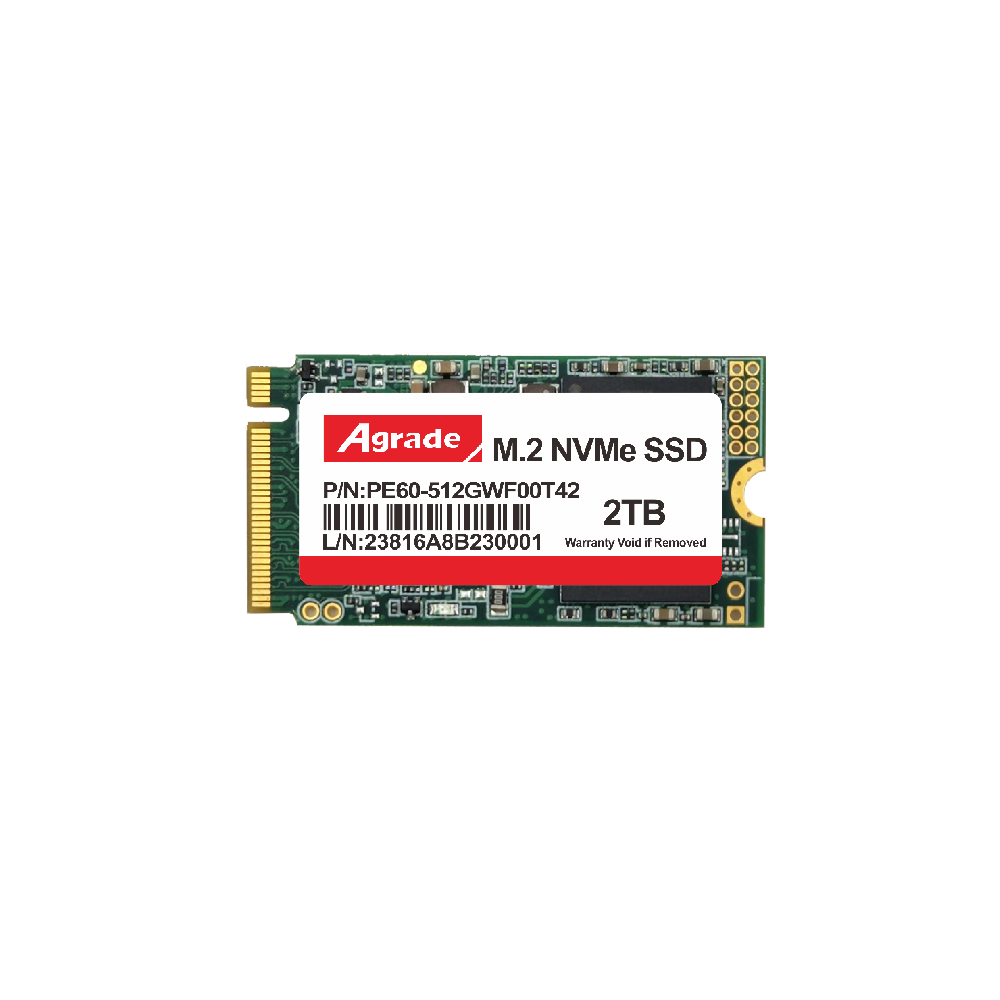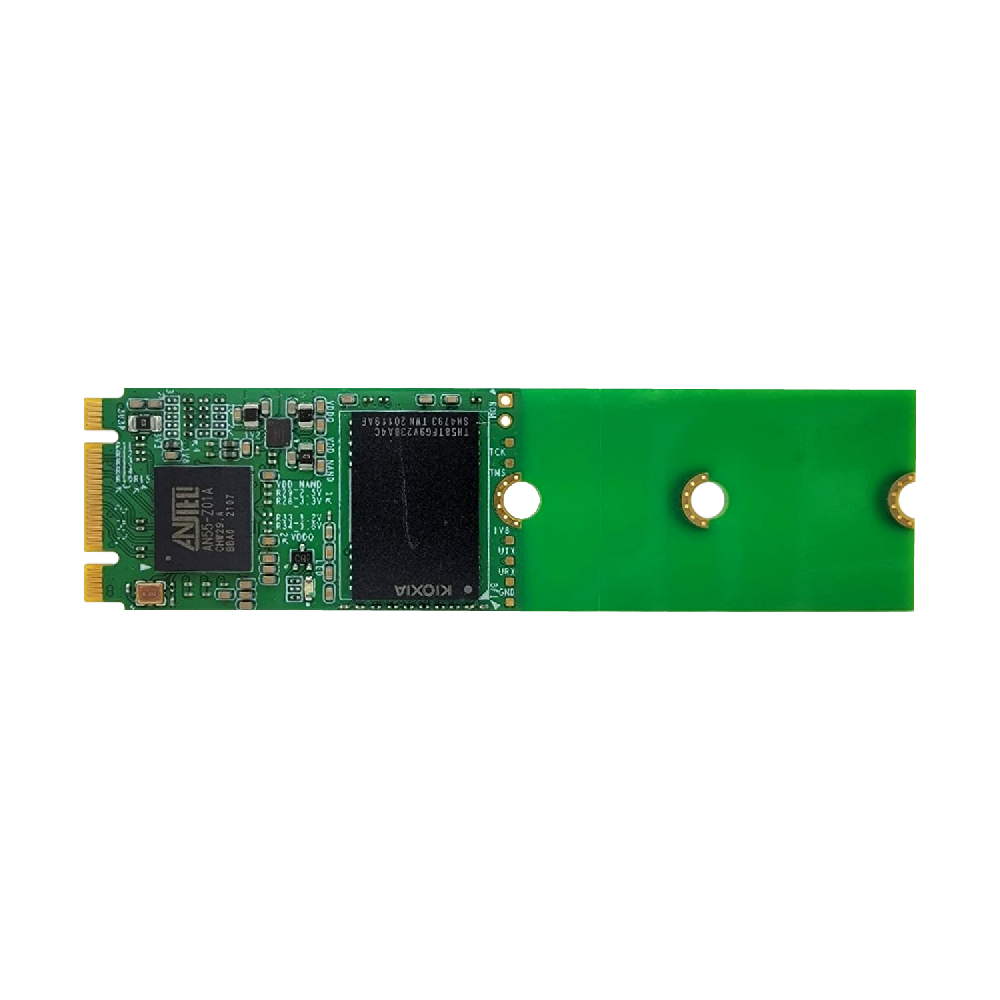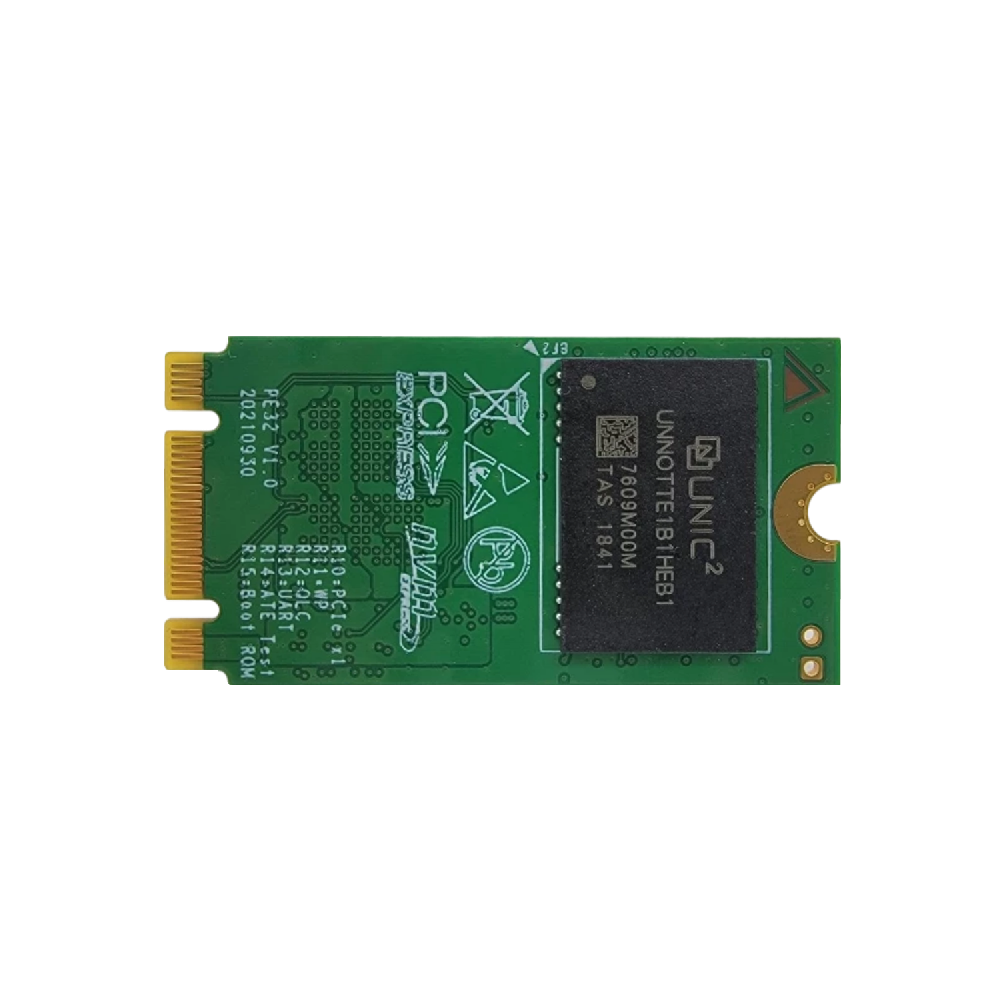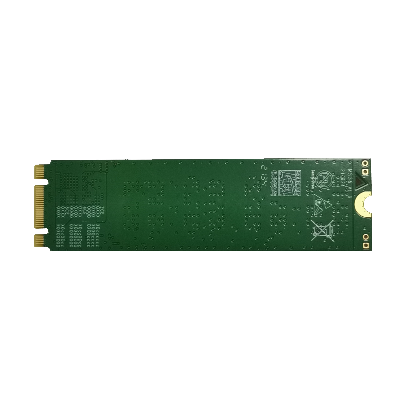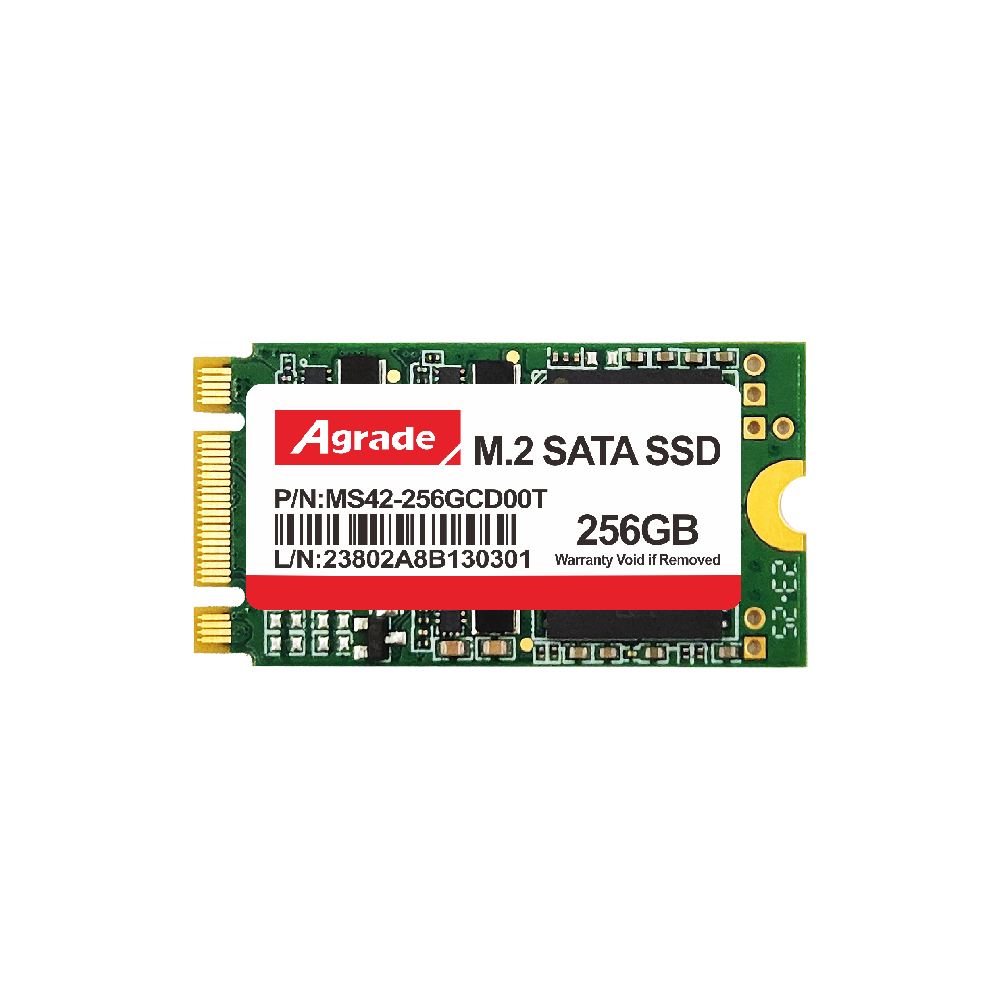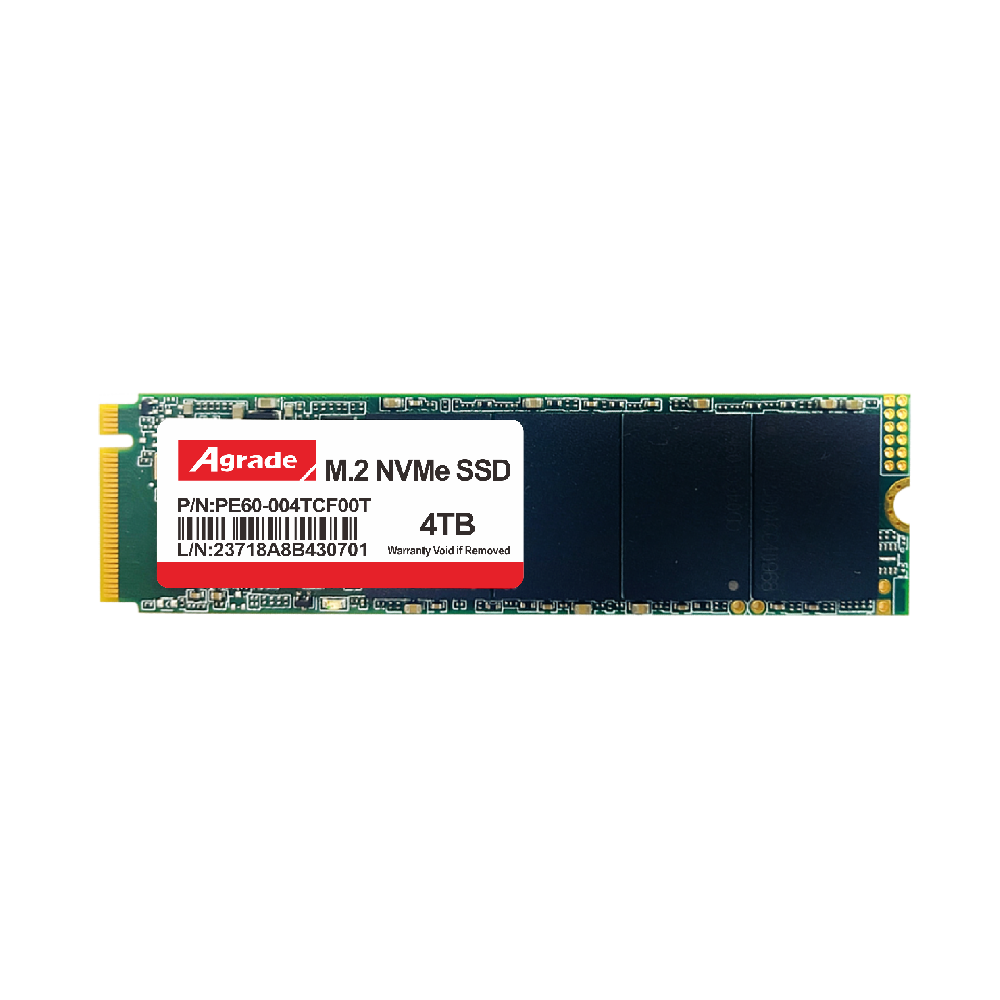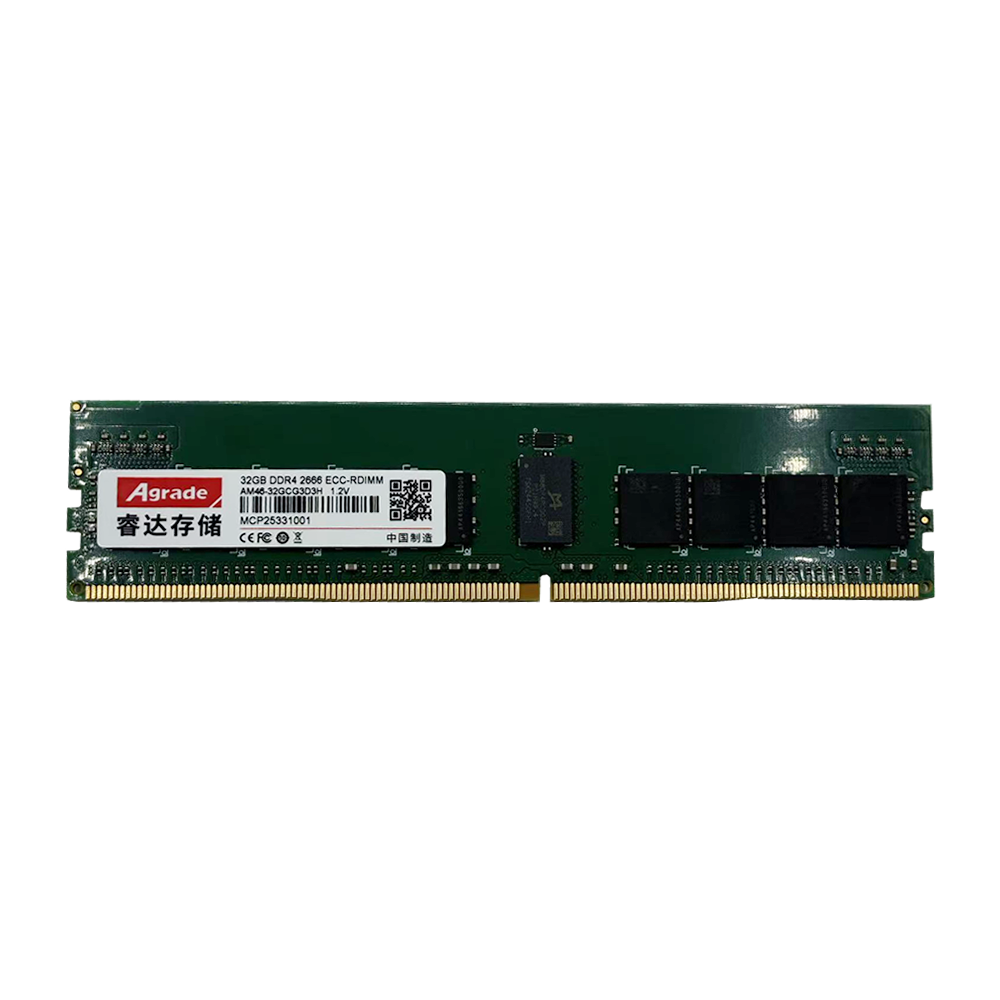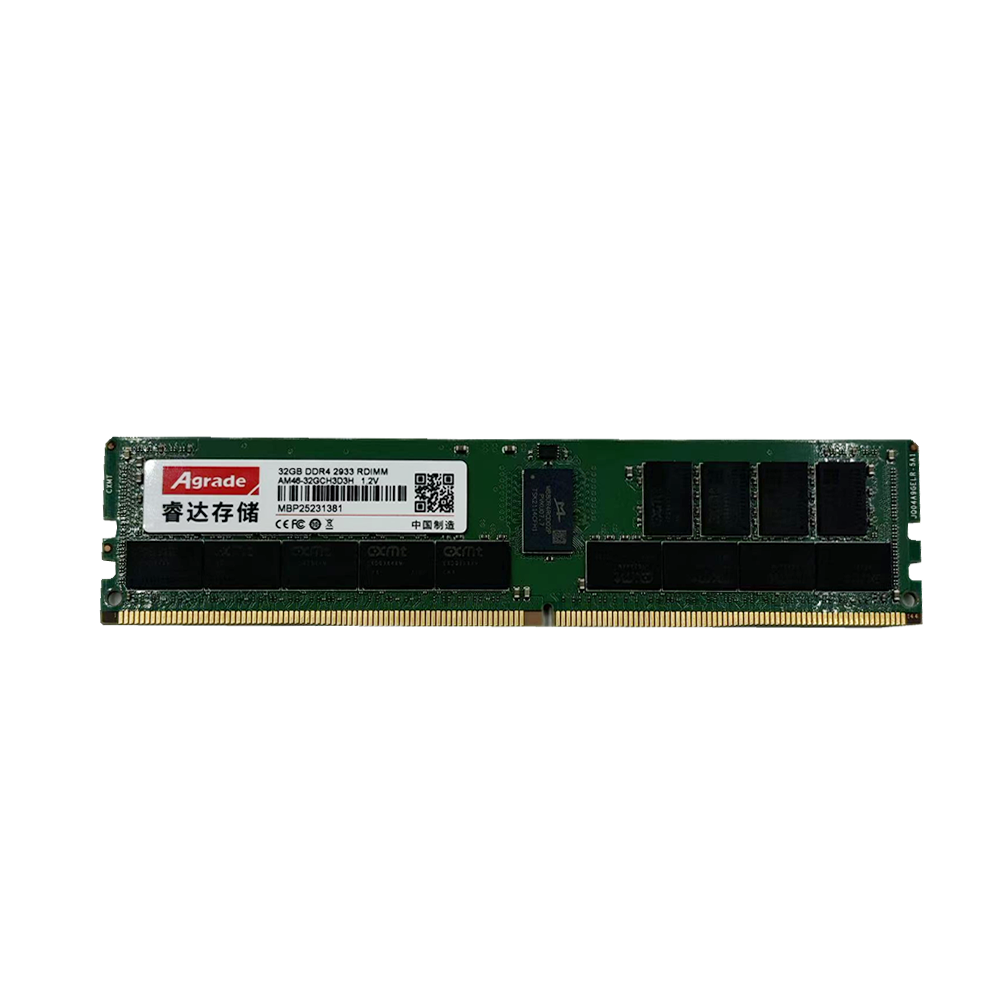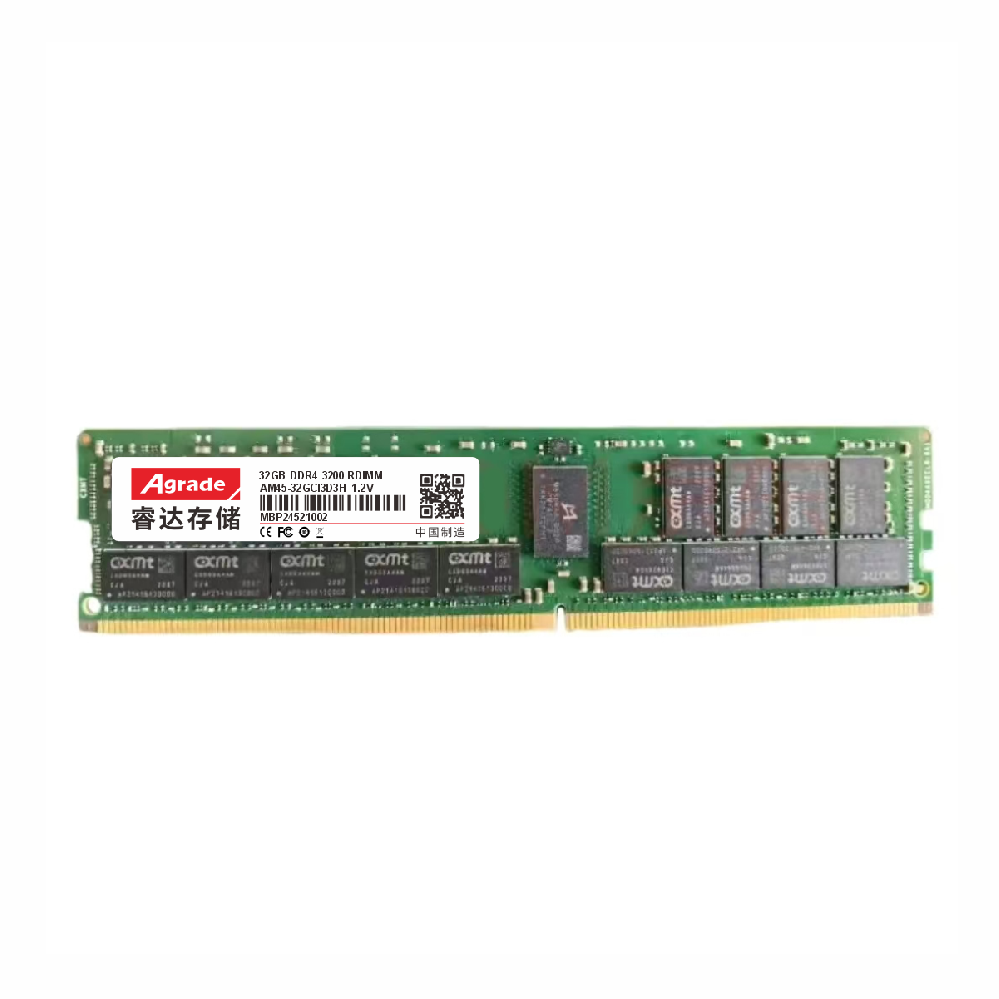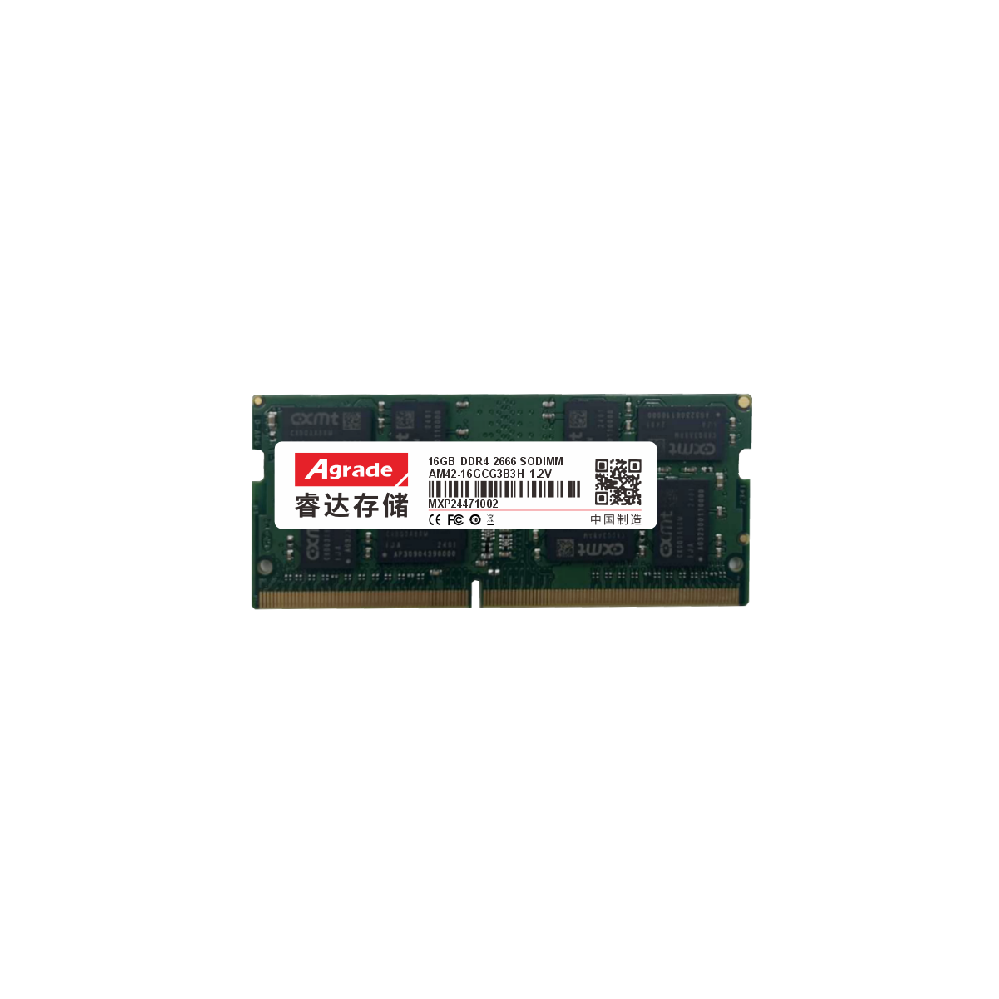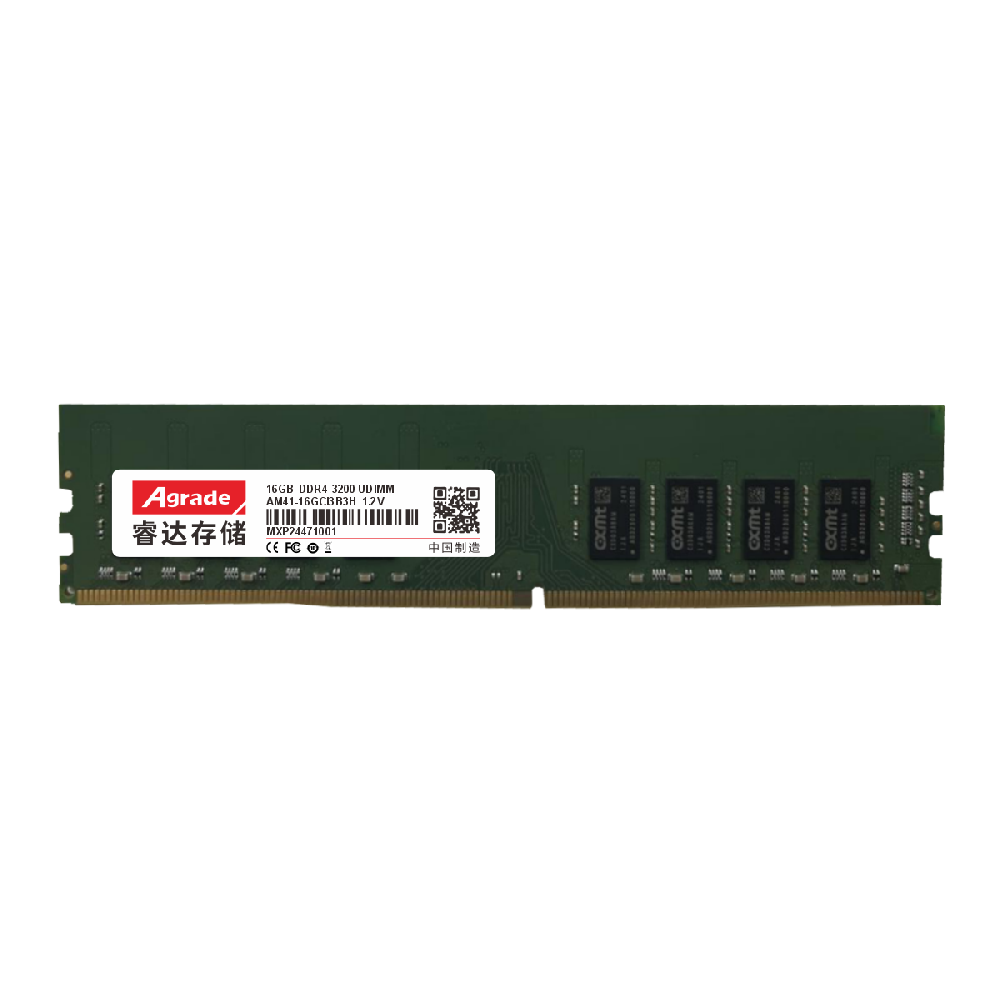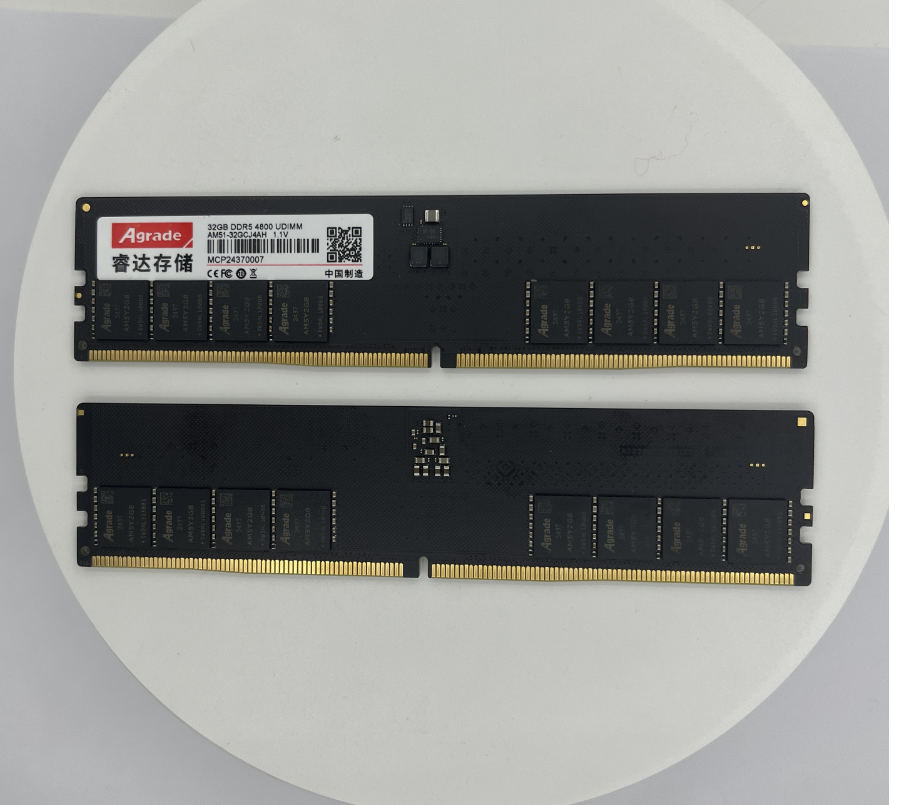

News
 电商部
电商部  2025-11-17 18:28:32
2025-11-17 18:28:32 High-Temperature Industrial SSD: What You Need to Know
High-temperature industrial SSDs are specialized storage solutions designed to operate reliably in extreme heat environments where standard industrial SSDs (rated for -40°C to 70°C) would fail. These SSDs are engineered to withstand temperatures up to 85°C, 105°C, or even 125°C, making them critical for applications like foundries, desert-based IoT sensors, power plant control rooms, and aerospace systems. Understanding their design, specifications, and use cases is key to selecting the right model for your high-heat project.
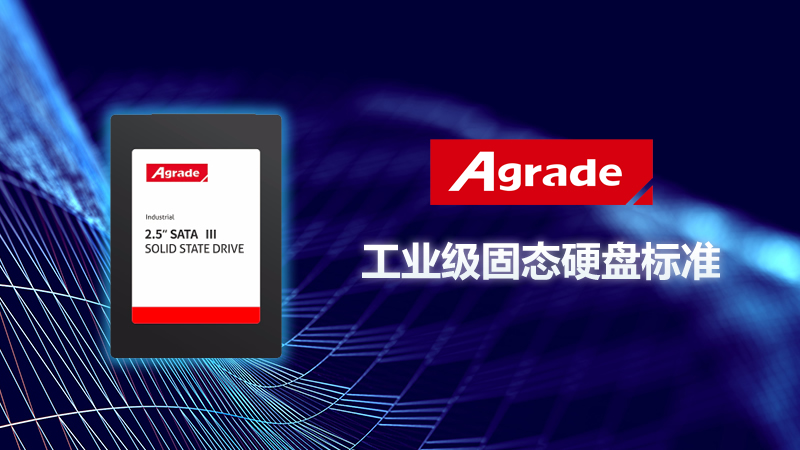
How High-Temperature Industrial SSDs Work
The ability to resist extreme heat comes from advanced engineering and premium components:
NAND Flash Optimization: Manufacturers use high-grade NAND flash chips (often SLC or industrial-grade MLC) that are tested to perform at high temperatures. Standard consumer NAND degrades quickly above 70°C, but industrial-grade NAND is built with thicker oxide layers and improved thermal stability, maintaining data integrity and performance even at 105°C.
Thermal Management: High-temperature SSDs feature passive cooling solutions like metal heat sinks, aluminum casings, or ceramic substrates that dissipate heat efficiently. Some models use phase-change materials (PCMs) that absorb heat to keep internal components cool. Active cooling (e.g., small fans) is rare, as it adds complexity and failure points in harsh environments.
Firmware Adjustments: Custom firmware regulates write speeds and power consumption to prevent overheating. For example, if the SSD’s internal temperature exceeds a threshold (e.g., 95°C), firmware may temporarily reduce write speeds to lower heat generation — ensuring the drive continues operating without data loss.
Component Selection: All internal components (controllers, capacitors, connectors) are rated for high temperatures. For example, capacitors use high-temperature electrolytes that don’t dry out above 85°C, and connectors are made from heat-resistant plastics or metals.
Key Specifications to Look For
When choosing a high-temperature industrial SSD, focus on these critical specs:
Temperature Rating: Distinguish between operating temperature (the range where the SSD functions normally) and storage temperature (the range for unpowered SSDs). For example, a model rated for 0°C–105°C operating and -55°C–125°C storage is suitable for applications with intermittent heat spikes.
NAND Type: SLC NAND is ideal for high-temperature, write-intensive tasks (e.g., data logging in foundries) due to its durability (100,000+ P/E cycles) and heat resistance. MLC NAND balances performance and cost, while TLC NAND is only recommended for read-heavy, lower-heat (up to 85°C) applications.
Read/Write Speeds at High Temperatures: Some SSDs slow down at extreme temperatures, so verify speed specs at your target temperature. For example, a model may offer 2000 MB/s read at 25°C but 1500 MB/s at 105°C — ensure this meets your performance needs.
Power Consumption: Lower power consumption reduces heat generation. Look for SSDs with power-saving features (e.g., deep sleep mode) for battery-powered high-temperature applications (e.g., desert IoT sensors).
Certifications: Ensure the SSD meets industry standards like IEC 60068-2-2 (dry heat testing) or MIL-STD-810G (high-temperature operation) to validate its heat resistance.
Common Use Cases for High-Temperature Industrial SSDs
High-temperature industrial SSDs are essential for sectors where heat is unavoidable:
Manufacturing & Foundries: Foundries and steel mills operate at temperatures up to 150°C near furnaces. Industrial SSDs store real-time production data, equipment diagnostics, and quality control logs in these environments, withstanding radiant heat and hot air.
Desert & Outdoor IoT: IoT sensors in deserts, oil fields, or solar farms face ambient temperatures up to 60°C–80°C (with heat spikes to 100°C). High-temperature SSDs store sensor data (e.g., solar panel output, soil moisture) in these remote, uncooled locations.
Power Plants & Energy Infrastructure: Power plant control rooms, turbine enclosures, and transformer stations generate significant heat (up to 85°C). Industrial SSDs store operational data, grid stability logs, and safety system information, ensuring uninterrupted monitoring.
Aerospace & Defense: Aircraft engine bays, satellite systems, and military vehicles in desert combat zones experience extreme heat. High-temperature SSDs store flight data, mission plans, and sensor readings, withstanding temperatures up to 125°C in aerospace applications.
Automotive Under-the-Hood: Electric vehicles (EVs) and hybrid cars generate heat in battery packs and engine bays. High-temperature SSDs store battery management system (BMS) data, ensuring safe operation even when the vehicle is parked in direct sunlight.
Installation & Maintenance Tips
To maximize the lifespan of a high-temperature industrial SSD:
Ensure Proper Ventilation: Even with thermal management, the SSD needs airflow to dissipate heat. Avoid enclosing it in airtight compartments — leave gaps or use vented housings.
Avoid Direct Heat Sources: Mount the SSD away from furnaces, engines, or other heat-generating components. Use heat shields if direct exposure is unavoidable.
Monitor Temperature: Use SSD management tools to track internal temperatures. If temperatures consistently exceed the rated maximum, adjust the installation or upgrade to a higher-temperature model.
Update Firmware: Manufacturers release firmware updates to improve thermal performance and reliability — install them regularly.
High-temperature industrial SSDs are not cheap, but their ability to operate in extreme heat avoids costly downtime and data loss. By selecting a model with the right temperature rating, NAND type, and performance specs, you can ensure reliable storage in even the hottest industrial environments.

